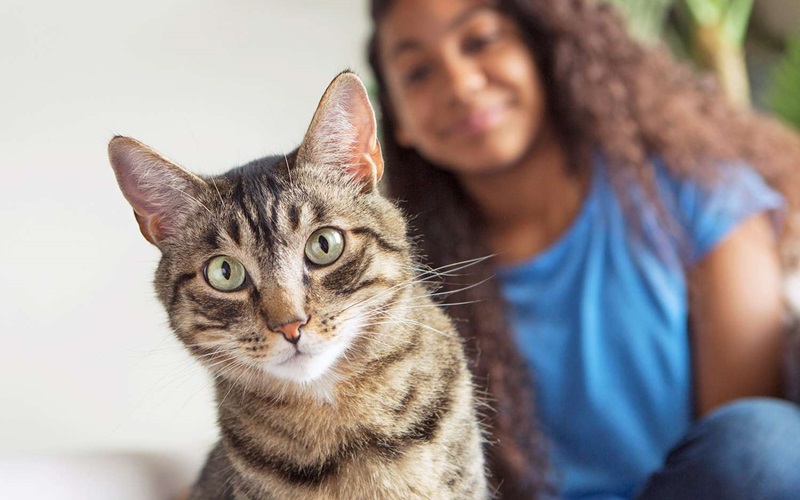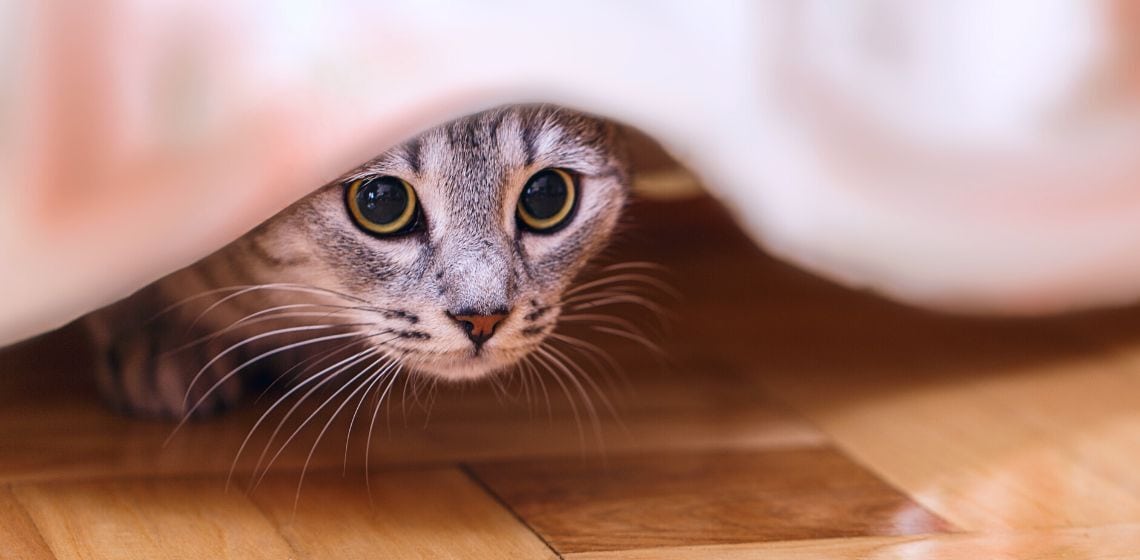For many cat owners, watching their beloved feline friends experience anxiety can be distressing. Feline anxiety is a common issue that can manifest in various ways, affecting a cat’s behavior and overall well-being. In this article, we will explore the causes, symptoms, and effective solutions to help manage and reduce anxiety in cats. 😺💤

Causes of Feline Anxiety
Understanding the root causes of feline anxiety is crucial in addressing the issue. Several factors can contribute to anxiety in cats:
- Changes in Environment: Moving to a new home, rearranging furniture, or introducing new pets can cause stress.
- Lack of Socialization: Cats that have not been properly socialized may experience anxiety around people or other animals.
- Separation Anxiety: Cats can become anxious when left alone for extended periods.
- Traumatic Experiences: Past trauma, such as abuse or abandonment, can lead to chronic anxiety.
- Health Issues: Pain or discomfort from medical conditions can contribute to anxiety.
Symptoms of Feline Anxiety
Recognizing the signs of anxiety in your cat is the first step in providing the necessary support. Common symptoms include:
- Excessive Grooming: Cats may groom themselves to the point of developing bald spots or skin irritations.
- Hiding: Anxious cats often hide in secluded areas to feel safe.
- Aggression: Fear and anxiety can manifest as aggressive behavior towards people or other pets.
- Loss of Appetite: Anxiety can lead to changes in eating habits, including a loss of appetite.
- Vocalization: Increased meowing, yowling, or other vocalizations can indicate distress.

Solutions for Managing Feline Anxiety
Fortunately, there are several effective strategies to help manage and reduce anxiety in cats:
- Create a Safe Space: Provide a quiet, comfortable area where your cat can retreat and feel secure. This can be a cozy bed, a high perch, or a designated room.
- Interactive Play: Engage your cat in regular play sessions to reduce stress and provide mental stimulation. Toys, puzzle feeders, and interactive games can help.
- Consistent Routine: Maintain a consistent daily routine for feeding, playtime, and other activities to provide a sense of stability.
- Calming Products: Consider using products designed to reduce anxiety, such as pheromone diffusers, calming collars, or natural supplements.
- Professional Help: In severe cases, consult a veterinarian or a feline behaviorist for professional advice and potential medical intervention.
Creating a Calm Environment
Creating a calm and stress-free environment is essential for managing feline anxiety. Here are some tips:
- Reduce Noise: Minimize loud noises and sudden movements that can startle your cat.
- Provide Vertical Spaces: Cats feel safer when they have high places to climb and observe their surroundings.
- Enrichment: Offer a variety of toys, scratching posts, and climbing structures to keep your cat engaged and mentally stimulated.
- Regular Vet Visits: Ensure your cat receives regular check-ups to rule out any underlying health issues that could contribute to anxiety.

Conclusion
Feline anxiety is a manageable condition with the right understanding and approach. By identifying the causes and symptoms and implementing effective solutions, you can help your cat lead a happier, more relaxed life. Remember, patience and consistency are key when addressing anxiety in your feline friend. With love and proper care, your cat can overcome anxiety and enjoy a peaceful, stress-free existence.
